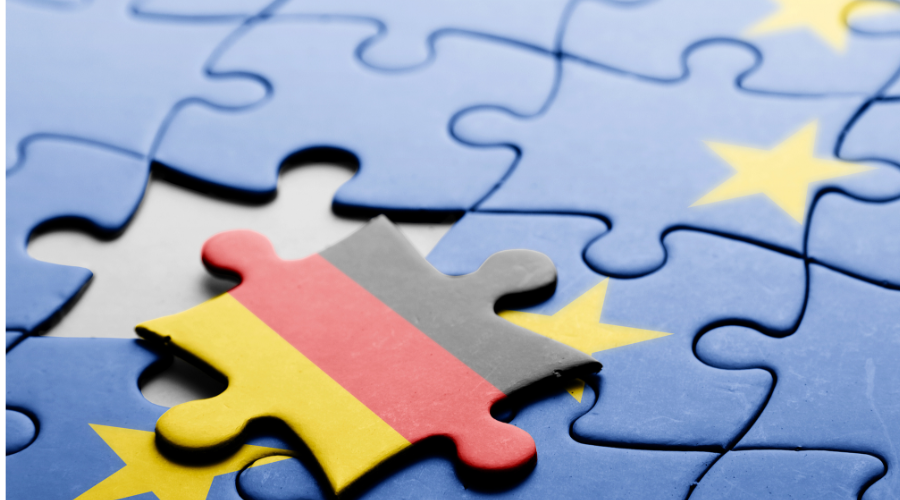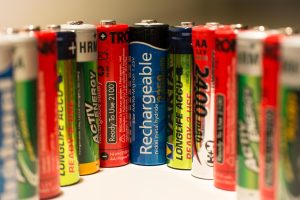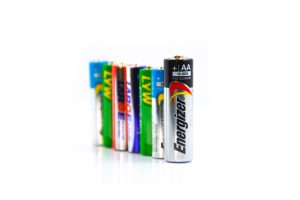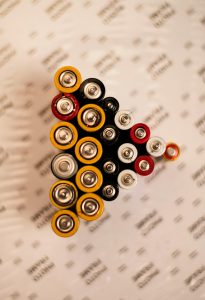The EU framework in brief
While VerpackG sets Germany-specific procedures, it implements and goes beyond EU initiatives, chiefly:
- Packaging & Packaging Waste Directive (PPWD) → producer responsibility, prevention targets, recyclability, material-specific recycling rates.
- Single-Use Plastics (SUP) rules → restrictions, design and marking requirements, and EPR fees for certain plastic items.
- Circular economy & ESG measures → push design-for-recycling, recycled content, and transparent reporting.
Upcoming reforms continue to tighten recycled content and reusability requirements and harmonize labeling across the EU.
How the pieces fit together
Think of the EU rules as what must be achieved and VerpackG as how Germany enforces and operationalizes those aims:
- Transposition & reinforcement. VerpackG brings EU obligations to life via concrete registration, dual-system membership, audits, and penalties.
- German specifics. Expect LUCID registration, system participation proof, stricter reporting cadence, and active market surveillance by ZSVR.
- Complementary effect. Meeting VerpackG procedures generally keeps you aligned with EU principles—but you still need to check EU-level product requirements (e.g., SUP marking, tethered caps, recycled content) that apply across Member States.
Best practices to satisfy both Germany and the EU
- Design once, sell many. Standardize materials to mono-material where possible; minimize labels, inks, and adhesives; avoid problematic composites.
- Use recognized recyclability guidelines. Adopt widely accepted design-for-recycling criteria to pre-empt fee shocks and non-compliance.
- Digitize compliance. Track bills of materials, weights, licenses, country requirements, and deadlines in a central system; automate reminders and evidence capture.
- Leverage EPR partners. Choose dual systems and recovery partners with transparent reporting portals and robust customer support.
- Plan for recycled content. Secure supply of PCR (post-consumer recycled) materials early; run performance trials to prevent quality issues.
- Close the loop with suppliers. Contractually require timely updates when components change; integrate compliance checkpoints into change control.
What’s next: trendlines you should plan for
Stricter targets & harmonized labeling. Expect tighter recycling/reuse targets, standardized symbols, and digital product passports.
Eco-modulated fees. More granular fee structures that reward recyclability and recycled content, penalize difficult-to-recycle formats.
Broader product scope. Additional categories may come into EPR nets; reuse systems will scale beyond beverages.
Data scrutiny. Deeper audits and cross-checks across countries as authorities coordinate.
Quick compliance checklist
- Packaging BoM and weights verified
- Roles mapped (producer/initial distributor)
- LUCID registration completed
- Dual-system contract (B2C) or documented B2B take-back
- SUP/EU-level design & marking confirmed
- Reporting calendarized; evidence repository in place
- Supplier and internal team training completed
Treat VerpackG as the operational gateway to the German market and EU rules as your design and strategy compass. Build a single, accurate dataset for packaging, standardize designs for recyclability, and institutionalize reporting. The payoff is more than legal peace of mind: lower material costs, steadier supply, and a stronger sustainability story that wins customers across the EU.











